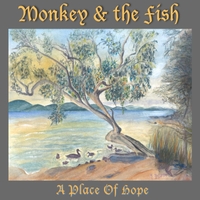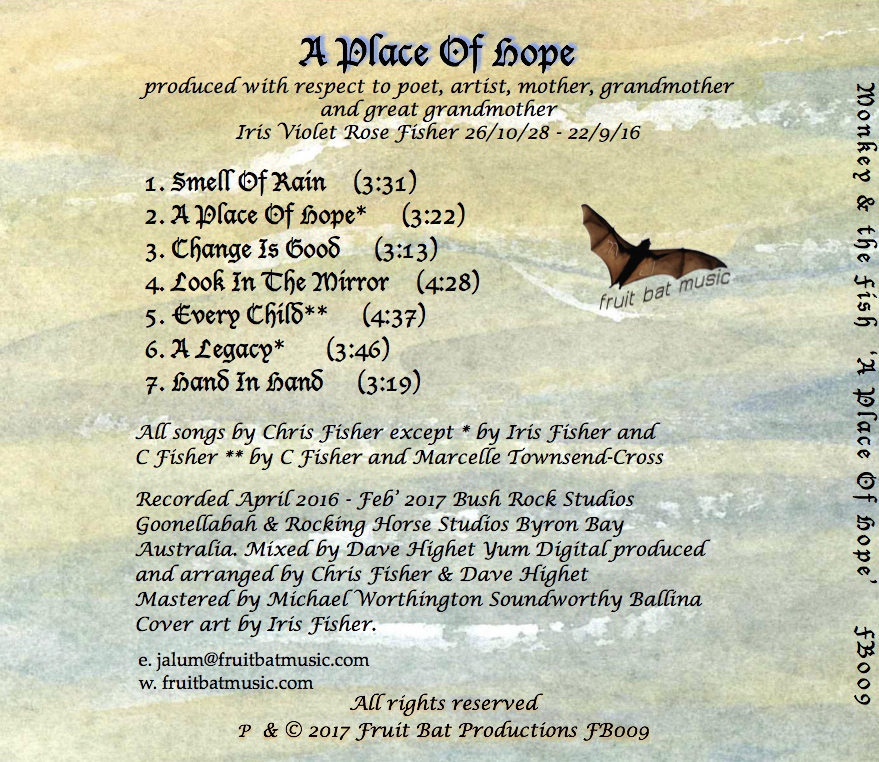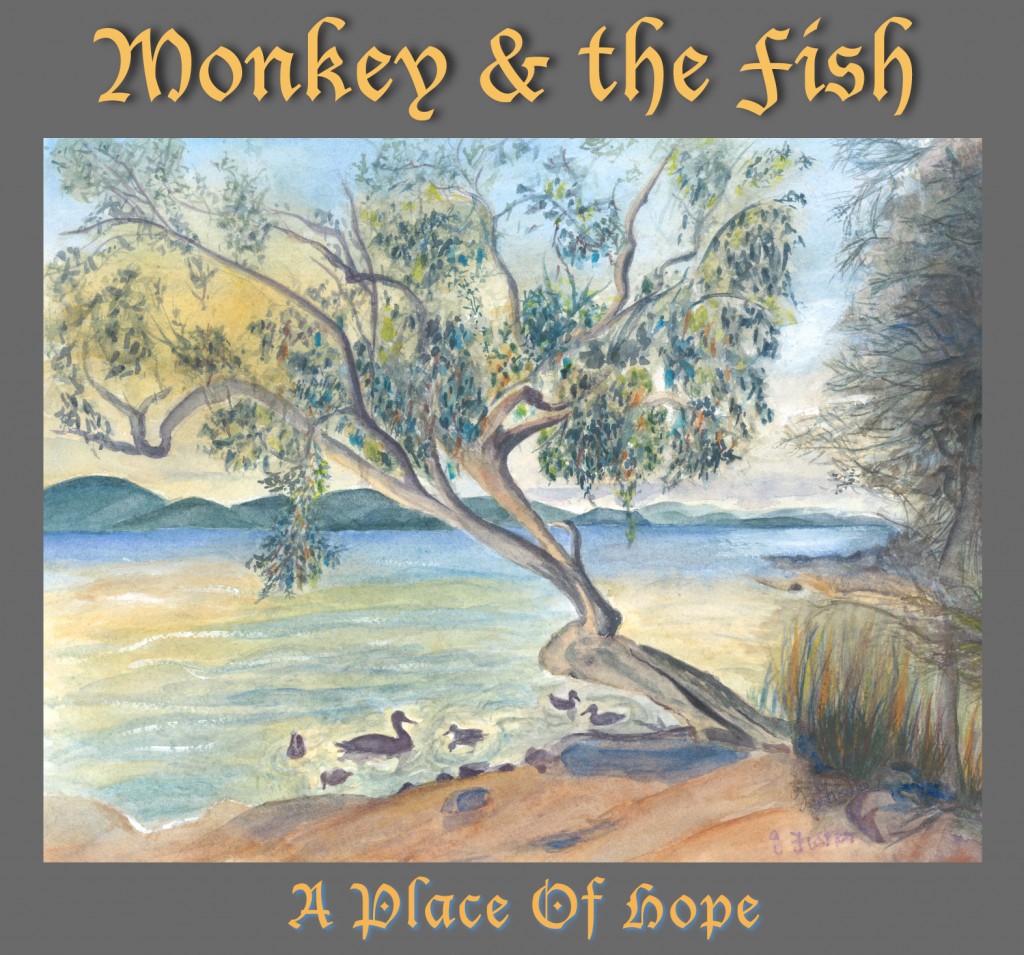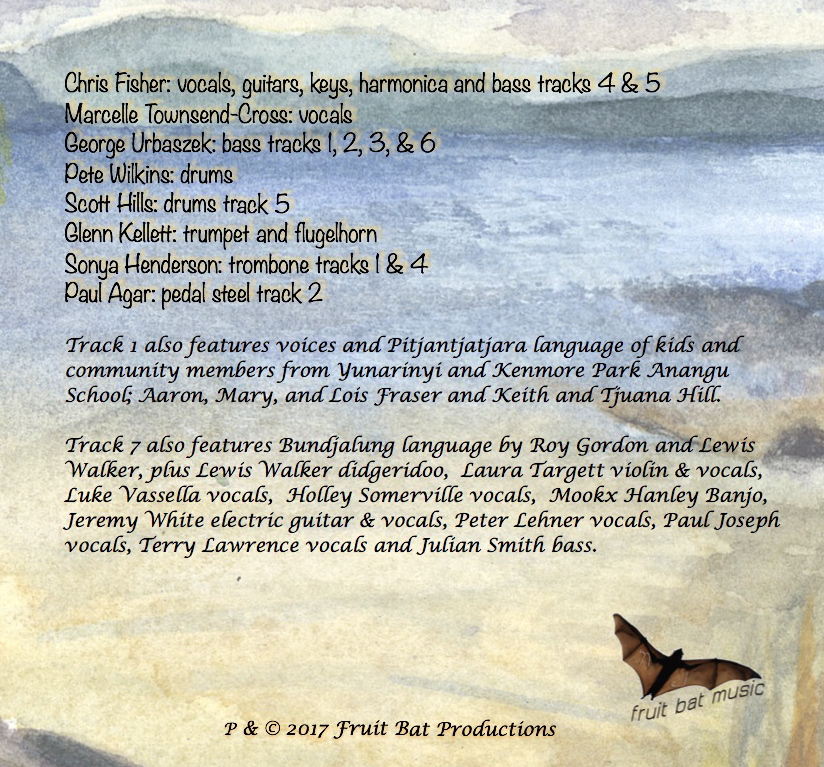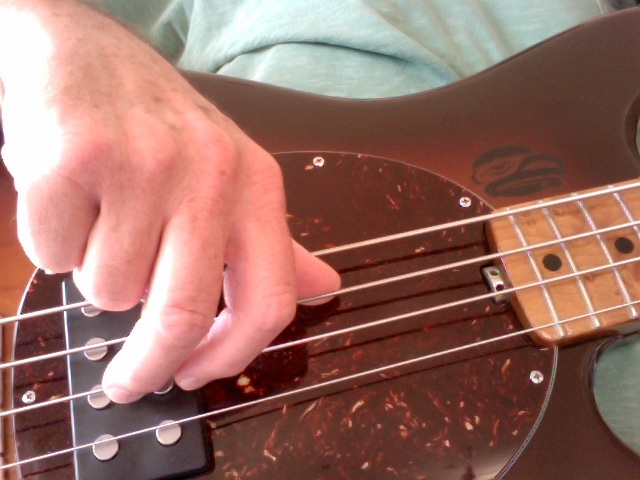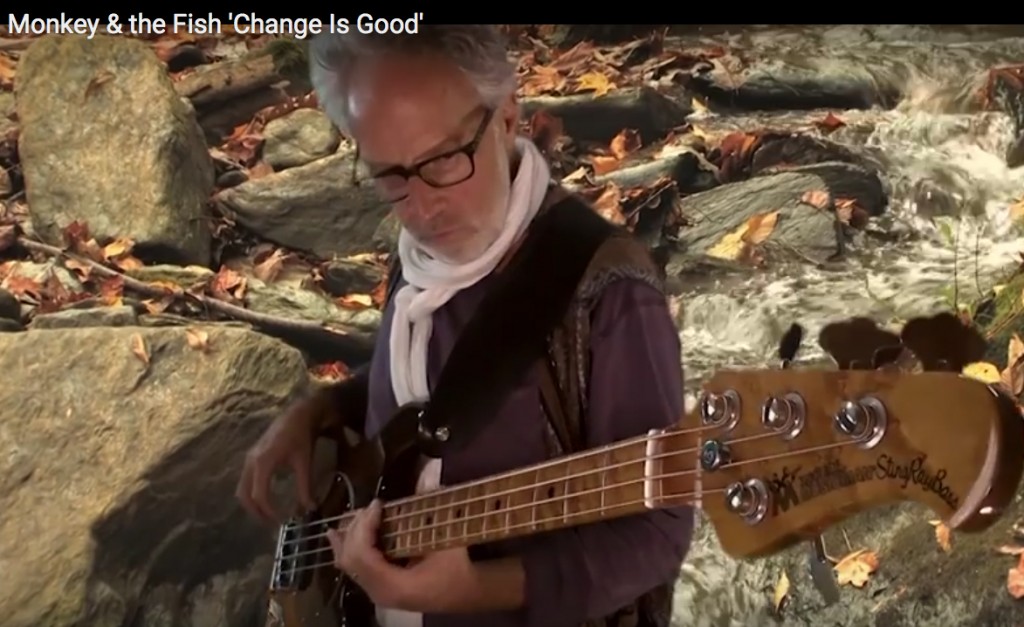Since my last blog post I have had heaps of positive comments about my bass sound as well as the quality of the “Change is Good” video.
So, after we finished recording the drum tracks* (and a few bass tracks) and we ran out of studio time, the obvious decision was made to record more bass tracks at Chris Fisher’s home studio. (Because of the huge advances in technology, many recording sessions are done at home nowadays.)
* The main reason to record the drums in a dedicated studio was to get a good drum sound using many microphones. Also, to get the feel of the basic rhythm section (drums and bass) playing together live. All other tracks, including bass, can be recorded using either line-in or microphones, or both.
As mentioned before, Chris has a ProTools setup at his house. So this, in conjunction with heaps of plug-ins, is an ideal way to record without time pressure. And that’s exactly what we did.
I am always happy to experiment, and this time it was no different. I took 5 of my basses with me. They are
1. Fender American Jazz Bass with S1 Switch with Fender NPS Super Bass Roundcore/Taperwound strings. (I love round core strings because they cause less finger fatigue when playing for long periods, especially long sets on live gigs.)
2. Fender American Hot-Rodded Precision Bass (P bass and J bass pickups) with Thomastik Jazz Flatwound strings.
3. Belman Classic custom enhanced 5-String Bass with Elixer Nano strings.
4. Fender Japanese-Made Fretless Jazz Bass with Fender Nickel-Plated Steel Roundwound strings.
5. MusicMan Classic Stingray Bass with “roasted” figured maple neck and Ernie Ball Super Slinky strings.
On a side note: After many many years of using many many string brands and types, my current choice is to usually use the string brand and type that comes with the bass from the factory.
For this particular session (it always depends on the song and the style) we loved the classic P-Bass sound with flats, but my Stingray won over. It just has that extra bit of “zing” which was especially suitable for “Change is Good”.
Here is the hardware we used:
My Eden WT500 amp head (without a loudspeaker) plus ….. here it comes ….. a TL Audio Valve Processor.
We actually recorded and used (in the final mix) two bass tracks. One was from the line-out of my Eden head and the other from the TL Audio Valve Processor. Both signals sounded great individually, but together, as they say “The whole is greater than the sum of the parts.”
Of course there were many audio tweaks, from the bass guitar controls, to the amp controls (which were photographed for future reference), to the valve processor settings, to the software settings.
On a related note, I find it important to play certain notes on certain frets. For example, the same pitch E on the 7th fret of the A string sounds different to the E on the 2nd fret of the D string or the 12th fret of the E string. Right-hand positioning is also an important consideration. In addition there is the “studio setup” I mentioned in Episode 1 of this article series.
For the yet-to-be-released (on an album later this year) track with my fretless bass we used the same recording setup as for my Stingray. Of course the mixing and mastering of tracks will always enhance the sound to suit the track. So in the the current mix of the fretless track, the bass sounds awesome. In my opinion, this is due to two things besides the playing, of course 
They are
1. the sound that went to “tape”, and
2. the EQ (equalisation) of the mix. (As before, the mix is being done in Bangkok.)
A very promising comment/observation/description about the sound of the fretless is that it “sounds like a luxurious bath” … and that is exactly what we need on a ballad. In fact, on the fretless (where I played mostly long, legato notes) I chose to play most of the lower notes on the E string. Notes such as B, C#, D, and D# were played high on the E string as opposed to the normal positions on the A string. This worked especially well because there was a set of new strings on the bass, and that in conjunction with the fatter sound of the fatter string – a great combination producing richness with clarity.
So there you have it. The album is due for completion and release later this year, so we’ll just have to wait to hear the final product. I am looking forward to it and I hope you are, too. That will be the best way to demonstrate what I am talking about.
As usual, I hope you gained something from my experiences. Please feel free to comment and ask questions.
George Urbaszek
Bass Player and Music Educator
